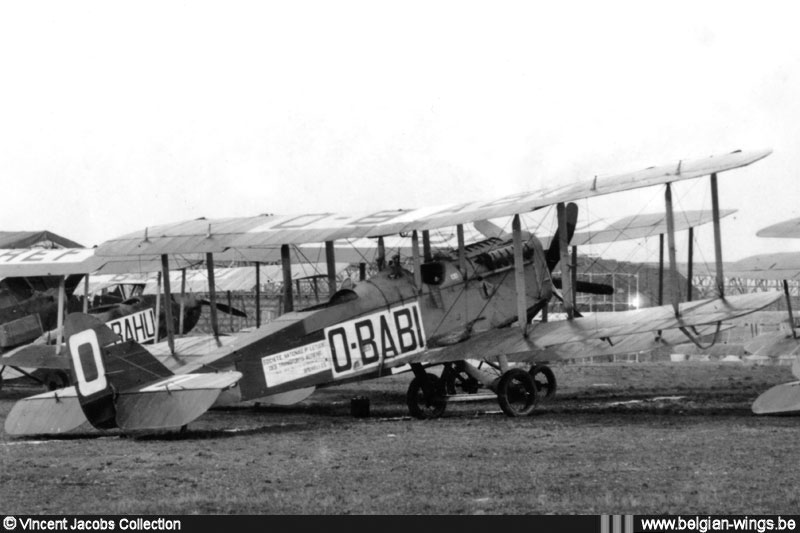Crash of a De Havilland DH.4A in Biggin Hill: 2 killed
Date & Time:
Mar 31, 1921
Registration:
D9383
Survivors:
No
Schedule:
Biggin Hill - Biggin Hill
Crew on board:
2
Crew fatalities:
Pax on board:
0
Pax fatalities:
Other fatalities:
Total fatalities:
2
Circumstances:
The crew departed Biggin Hill on a local test flight on behalf of the Instrument Design Establishment. While cruising at a height of about 600 feet, the engine failed. The pilot-in-command was able to dive the airplane and to restart the engine when it failed again few seconds later. The aircraft entered an uncontrolled descent and crashed in a field. One of the occupant was killed instently while the second was badly injured and died from his injuries in the evening.
Crew:
F/O Noel Butler Hemsley,
Edward Fenton Terry.
Crew:
F/O Noel Butler Hemsley,
Edward Fenton Terry.
Probable cause:
Engine failure.





